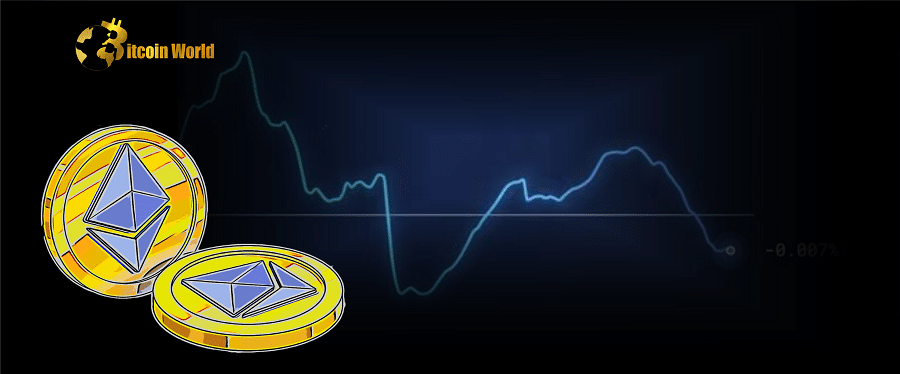According to data from ultrasound.money, NFT trades account for over one-fourth of the ether consumed in the last seven days.
As the market strives to recover in 2023, ether has been deflationary once again.
According to data from ultrasound.money, ether’s net issuance, or annualized inflation rate, has plummeted to -0.07%, indicating that the volume of ether being burned exceeds the amount being coined.
Marcus Sotiriou, the market analyst at digital asset broker GlobalBlock, linked the recent jump in ether to a surge in non-fungible token (NFT) sales fueled by the overall crypto market’s optimistic attitude.
According to ultrasound.money, around 14,700 ethers (ETH) worth approximately $24 million have been burned in the last seven days. Approximately 3,400 ETH were burned during NFT trading. According to ultrasound.money, NTF marketplace OpenSea is the top seven-day and 30-day gas-guzzler among platforms.
According to CryptoSlam statistics, NFT sales volume increased by more than 5% in the last week to $242 million, with the Ethereum network accounting for 80% of sales volume, or roughly $195 million.
“More NFT sales on Ethereum means more transactions, which means more ETH is burned,” Sotiriou told CoinDesk.
The Ethereum Merge, which switched the platform’s architecture from a proof-of-work (PoW) protocol to a more energy-efficient proof-of-stake (PoS) protocol last fall, was generally predicted to become ether deflationary.
Ether’s inflation rate is also determined by a distinct mechanism known as the Ethereum Improvement Proposal (EIP)-1559, in which fees paid for network transactions are “burned,” or removed from circulation. The EIP-1559 is linked to the quantity of ether burned as a result of network usage: the more transactions on the blockchain, the more ETH is burned.
When the number of ether burned increased due to market instability caused by the implosion of crypto exchange FTX in November, ETH became deflationary. However, while the crypto market remained stagnant, ETH became inflationary due to poor network usage.
However, as the market recovered, utilisation of the Ethereum platform increased, and ETH became deflationary once more. According to Etherscan data, daily burn increased from nearly exclusively between 1,000 and 2,000 ETH over the previous six months to a high of over 2,700 ETH on Jan. 18.
ETH was selling at $1,625 as of press time Monday, up nearly 4% in the previous seven days.
Disclaimer: The information provided is not trading advice, Bitcoinworld.co.in holds no liability for any investments made based on the information provided on this page. We strongly recommend independent research and/or consultation with a qualified professional before making any investment decisions.

